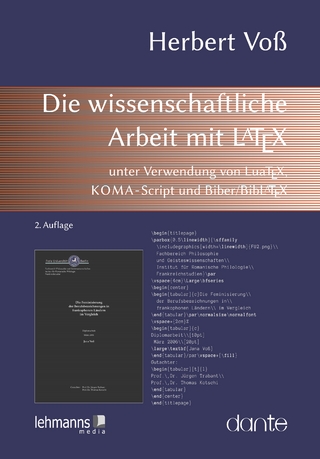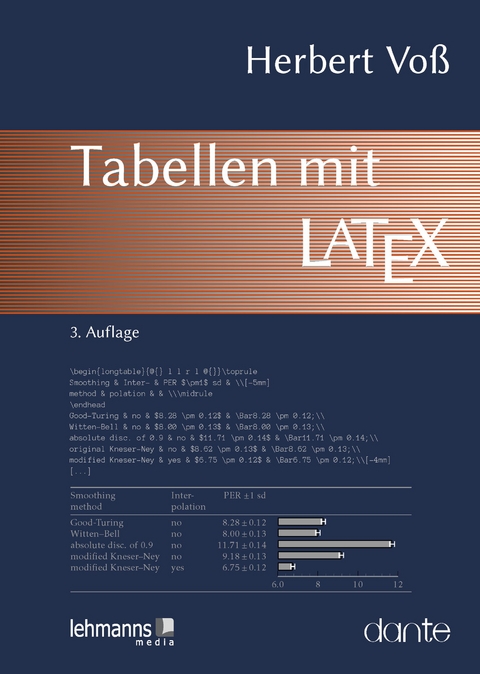Basics

| Main page |
|
Index |
| Bug list |
| Documentation |
| Doc errors |
| Examples |
| 2D Gallery |
| 3D Gallery |
|
Packages
|
|
References
|
|
CTAN Search CTAN: Germany USA |
|
Statistics |
|

Extended translation of the the 5th edition |
|

the 7th edition, total of 960 colored pages |
|

2nd edition, 212 pages, includes 32 color pages |
|
 |
|
 |
|
 |
|
 |
|
 |
|

|
|

|
|
 |
|
 |
pspicture environment |
pspicture environment in a tabular |
Special Coordinates |
Units, typesetting |
Infix notation
Mathematical expressions must by default written in the Postfix notation, also known as Reverse Polish Notation. pst-plot supports the Infix notation with the option algebraic. For more information have a look at the package pstricks-add
| Origin and base line |
|---|
With a pspicture environment the internal origin depends to the
parameters of pspicture
and LaTeX saves the space for this area and puts it on the base line of the current line. The
lower left of the box is always identical to the TeX's current point. The box can be raised
up and down by the optional parameter shift=<length>
Without the
pspicture environment the current text position is the origin and LaTeX saves no place,
everything is drawn over the text.

|


|
Optional argument of the
pspicture environmentWith a
pspicture environment the lower left of the box is on the
current baseline. With an optional argument the baseline can be lifted up or down.
This is in opposite to the behaviour of the \raisebox macro, where
the box is shifted relative to the baseline.



Typesetting of units
There is a commen sense to typeset units always upright (http://physics.nist.gov/Document/typefaces.pdf). In Germany we use it in the following way:
\documentclass[12pt]{article}
\usepackage[T1]{fontenc}
\usepackage{upgreek}
\begin{document}
\Huge
\[ 320\,\mathrm{mJ\,m\,K} \]
\[ 320\,\mathrm{mJ\cdot m \cdot K} \]
\[ \frac{3\,\textrm{eV}}{5\,\textrm{km}}\cdot 3\,\upmu\textrm{m} \]
\end{document}
With the package upgreek, greek letters like mu are also upright. For more
information look at package SIUnits or
read its documentation
 .
.
New PSTricks objects


